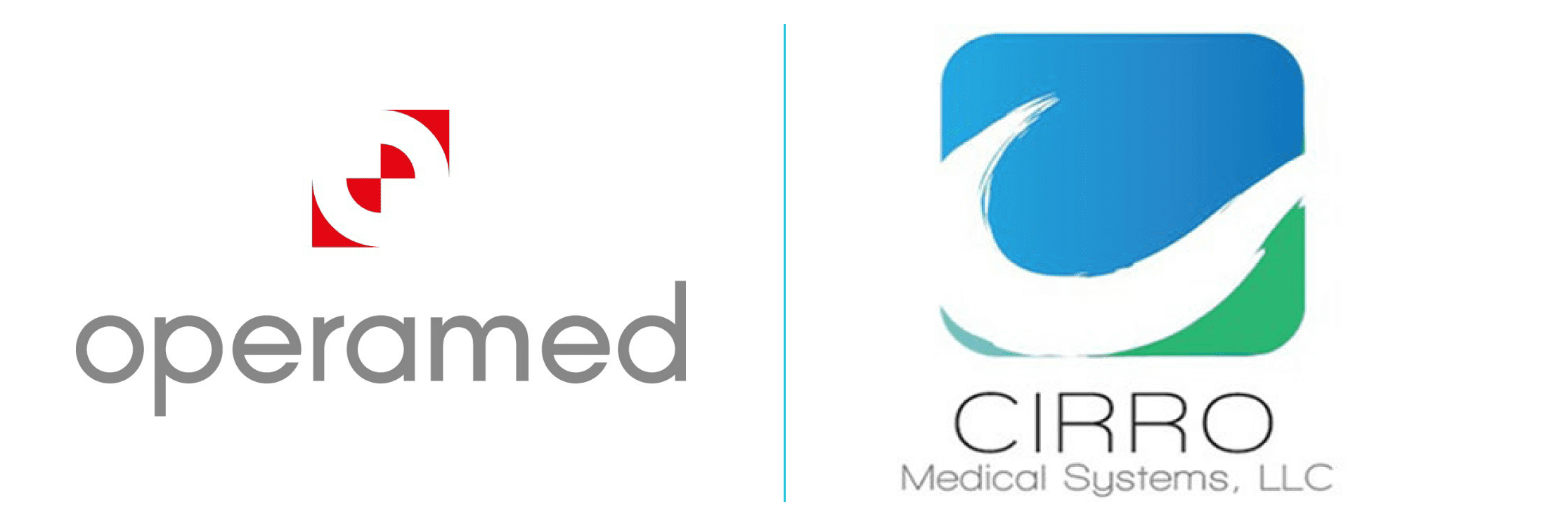Fluid


TOUCHLESS MEDICAL IMAGE
NAVIGATION SYSTEM FOR SURGERY
Fluid is a unique medical image navigation system designed for touchless interaction
Efficiency: surgeons can access medical images, acquired before or during surgery, autonomously and keeping their equipment sterile... up to 10X faster than voice-controlling a surgical assistant !
How does it work? A motion sensor is positioned on top of the screen. Hand gestures are sensed and transformed into control commands for the system.
Ultra-fast overview of radiological information
All necessary functionality at your fingertip
 Instant access. Image prefetching allows for instant access to all data. Zero loading time on the PACS. External data can be imported into the system as temporary or long term storage.
Instant access. Image prefetching allows for instant access to all data. Zero loading time on the PACS. External data can be imported into the system as temporary or long term storage.
 Reduce risks.By reducing the intervention time, Fluid minimizes the intervention and anesthesia time. Surgeons stay focused on their intervention rather than fighting to access information.
Reduce risks.By reducing the intervention time, Fluid minimizes the intervention and anesthesia time. Surgeons stay focused on their intervention rather than fighting to access information.
 Flexible. Fluid can be used by all surgical specialties, and can read any kind of images from the hospital information system or CD-ROM.
Flexible. Fluid can be used by all surgical specialties, and can read any kind of images from the hospital information system or CD-ROM.
 Avoid unnecessary radiation. Image access is made easy; redundant exams during surgery are avoided. Patients are less exposed to radiation doses.
Avoid unnecessary radiation. Image access is made easy; redundant exams during surgery are avoided. Patients are less exposed to radiation doses.
Touchless interfaces mitigate the risk of contracting nosocomial infections in operating theaters.
Indeed, touch surfaces such as keyboard and mouse have proved to be major reservoirs of pathogens. Fight those reservoirs by adopting a contact-free interface to access critical information during intervention.
+ Efforless integration. Fluid is 100% compatible with all hospital information systems (DICOM and HL7 compliant)
+ Identity monitoring. Fluid connects to the operating room management system to select the patient.
+ 100% DICOM compatible. Fluid can read any kind of medical images : MR, CT, PET, RX, US, MG...

Each room is controlled by an independent PC. It can be positioned in a technical bay outside the room, or centralized in a common area.
Active extenders are used to transmit signals, over CAT6 (>10m) or over ber (>50m).
The central server caches the DICOM data, builds 3D reconstructions, serves as a gateway to the PACS, monitors Fluid clients and logs activity.



